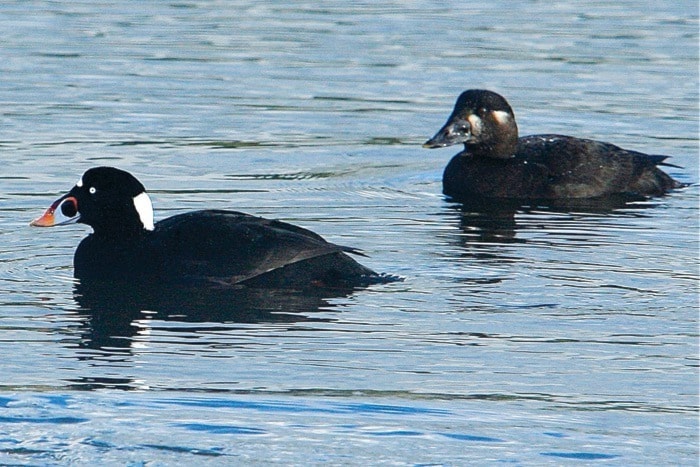During this final month of the year, natural rhythms gently work to slow things down until late December. Daylight is minimal and nights are long, while cold and wind send energy levels into a deep dip.
Following the first mid-winter day, or winter solstice (Dec. 22), we receive the gift of a few more minutes of light each day, a gift that keeps on giving until the first day of summer. Beginning at the December solstice, which occurs this year at 05:30 (or 5:30 a.m.) Coordinated Universal Time (UTC), all things on Earth slowly begin to ramp up, ready for a brand new year.
Snow, slush or mud cover most nature trails during mid-winter months, but an abundance of wild creatures have congregated just offshore, making the beaches a prime December destination.
The wild birds of winter have been flocking to Pacific Northwest waters, where many species ‘vacation’ until springtime, when they will depart for breeding grounds to the north and east.
Some 48 species of common marine birds overwinter, migrate and/or breed in the Strait of Georgia.
Among my favourites are three local species of scoters, heavy-looking, dark, diving ducks with thick heads and necks, and huge, honking bills in outrageous patterns.
These tough ducks stay at sea even in rough weather, but often dive for shellfish near shore.
Surf Scoters (pronounced skoh-ter), are the most plentiful, and are large at 51 centimetres in size.
They boast a bulbous bill coloured red, yellow and white (adult male), and are long with a white patch on the back of the head.
At first sight, the male bill looks almost comical in size and appearance.
Although fewer in number, the White-winged Scoter (56 centimetres) is interesting to spot, as the male features a red bill with black knob, and large white under-eye patch.
Least common among our visiting scoters is the smaller Black Scoter (48 centimetres).
The male sports a large yellowish-orange knob at the base of his bill.
Weather permitting, head to the shore and see an amazing array of ducks, loons, grebes, cormorants, swans, geese, and shorebirds that make our Island shores their winter home.
